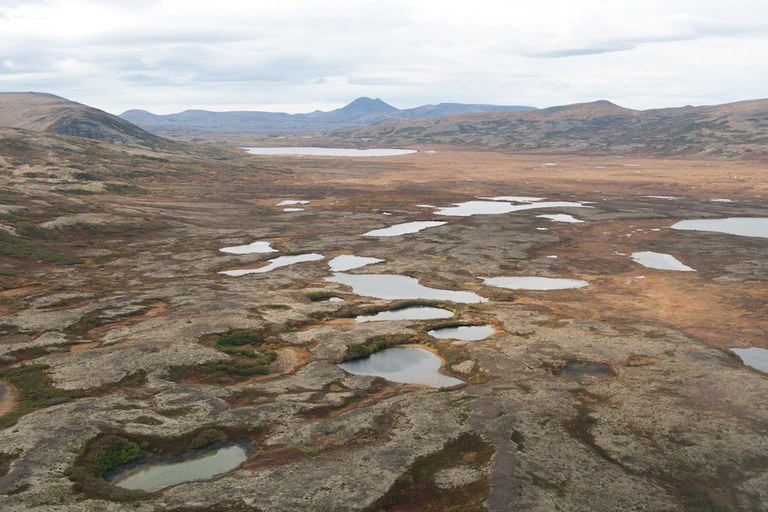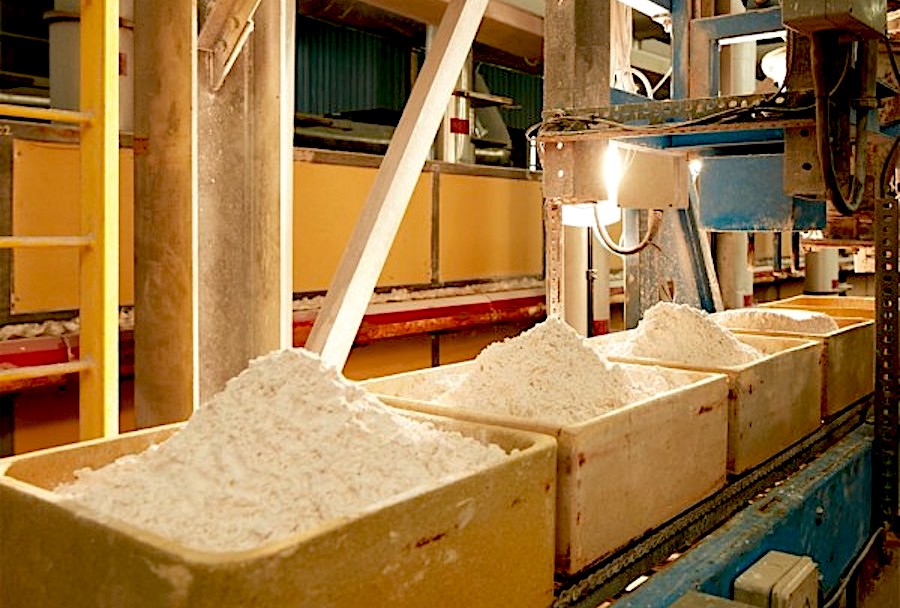Pebble mine developer sues EPA over Alaska mine veto

Northern Dynasty Minerals, the developer of the proposed Pebble copper and gold mine in southwest Alaska, has sued the US Environmental Protection Agency seeking to overturn the agency’s veto of the project.
The developer on Friday filed a lawsuit in federal court in Anchorage challenging the EPA’s 2023 final determination prohibiting the discharge of mining waste in the state’s Bristol Bay over concerns the materials would degrade the watershed and harm important fishing ecosystems.
Northern Dynasty said the determination made under the Clean Water Act was arbitrary and capricious in violation of federal administrative law, because it failed to adequately consider the economic impact of the decision and used a “wild overestimate” of what protected waterways would be impacted by mining activity.
Northern Dynasty claims it has spent at least $1 billion over two decades in its efforts to develop the project, which was effectively killed by the decision, including $200 million on environmental studies.
“This is just another example of gross EPA overreach of the powers granted to it by Congress,” said Ron Thiessen, Northern Dynasty’s president and CEO, in a statement.
The EPA didn’t immediately respond to a request for comment on Monday.
The Bristol Bay watershed in southwestern Alaska supports the world’s largest sockeye salmon fishery and is known for its large mineral resources. The watershed also provides habitats for 29 species of fish, more than 190 birds and dozens of mammals, according to the EPA.
The proposed mine, which has languished in a lengthy approval and permitting process for decades but has not started construction, would tap one of the world’s largest copper and gold deposits.
The EPA claims it would permanently destroy over 2,000 acres of wetlands protected by the Clean Water Act.
The developer also filed a lawsuit against the US government on Thursday alleging the veto amounted to an unconstitutional taking of its property in violation of the US Constitution’s 5th Amendment, which says that private property can’t be taken for public use without compensation, in the US Court of Federal Claims in Washington, DC.
The state of Alaska also sued the US government in that court last week seeking $700 billion over the decision, arguing the EPA’s veto infringed on the state’s sovereignty and would deprive it of funds from taxes, licensing fees and royalties it would have received from the mine.
The state had already challenged the EPA’s decision last year directly with the Supreme Court, arguing it violated the state’s sovereign right to regulate its land and waters, as well as a 1976 land swap with the US government that gave the state ownership over the area in question.
The Supreme Court declined to take that case in January, but did not say why.
The developer’s new lawsuit in Alaska makes similar claims, arguing the Clean Water Act does not give the EPA authority to override the state’s preferences for using the lands for extracting valuable minerals.
The EPA had previously argued in a brief submitted to the Supreme Court that Alaska’s statehood and the land swap do not preclude the agency from evaluating projects to ensure they comply with environmental law.
The case is Northern Dynasty Minerals Ltd v. US Environmental Protection Agency, US District Court for the District of Alaska, No. 3:24-cv-00059.
For Northern Dynasty Minerals: Keith Bradley and Jeffrey Walker of Squire Patton Boggs
For the EPA: Not yet available
(By Clark Mindock)
{{ commodity.name }}
{{ post.title }}
{{ post.date }}

2 Comments
Ismail Umar
Mining is on going
Steve Johnson
I looked at some of the geotechnical reports prepared for review. The reports provided geometric forms and locations of mine waste. There was no attempt to provide a detailed geotechnical design for the waste pile. My understanding of the administrative replies to the proposed design showed absolutely no sign of an understanding of geotechnical waste pile design. The responses I saw just assumed catastrophic failure of the geometric form. I was actually agast. Hopefully somebody attempted to discuss designs. My concern would be the introduction of internal ice and internally perched water from snowmelt. Usually these things are designed with flat tops and standing water. In the municipal/hazardous waste disposal world such designs would never be allowed because of the chance of slope failure. There are examples where snowmelt did create perched water tables internally and did cause failure of waste piles. I was very critical of Vale’s designs from a soil mechanics standpoint (after the failure) and of course the company and the community paid a price. Indeed, the whole problem swept over the world like the BreX scandal. All sorts of issues appeared and allowable designs were no doubt reconsidered. I can only hope somebody has proposed reasonable geotechnical designs but who knows how far they went. I’m sure Bingham’s waste pile failure did no good re-assuring anyone of the merits of geotechnical design. What can I say…keep the slimes out and don’t let them form. Perched water tables are not to be allowed….I am inclined to think there are ways to address self consolidation and generation of authigenic clays that facilitate the buildup of internal porepressures….one can only hope.